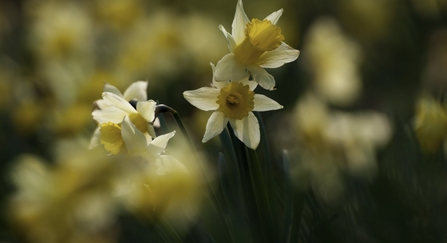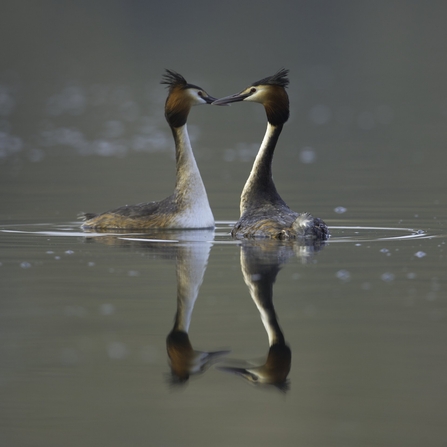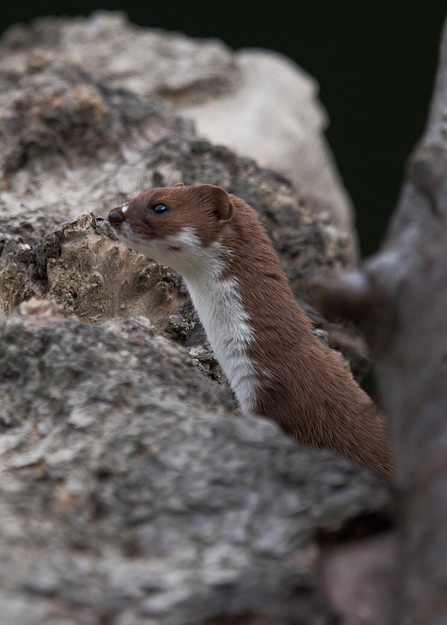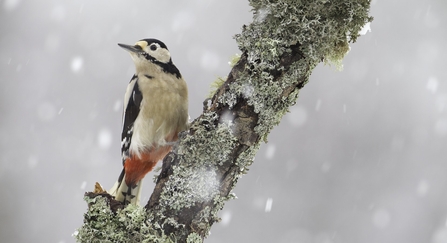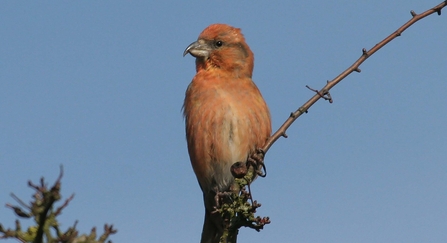1. Wild daffodils
February is a great time to look out for the national flower of Wales, the daffodil! They are among the first to flower, providing bumblebees with a welcome source of pollen, and a sign that Spring is just around the corner.
In the UK, we have 1 native species (Narcissus pseudonarcissus) that can be differentiated from their cultivated counterparts by their smaller size, 6 pale yellow petals and bright yellow trumpet. Here in Wales, we also have a subspecies known as the St David’s Day or Tenby daffodil (N. obvallaris) which are fully yellow. Both grow wild across many parts of south Wales.
Our Coed y Bwl reserve, also known as Wild Daffodil Wood, has one of the best displays of wild daffodils in Wales. These flowers fill the southern part of this ancient woodland with a brilliant carpet of yellow in early Spring.
The reserve has been closed due to ash dieback, but some parts of the reserve will temporarily reopen this month so that visitors can enjoy this spectacle! If you go to visit, please make sure to stick to the paths and parts of the reserve that are open.

